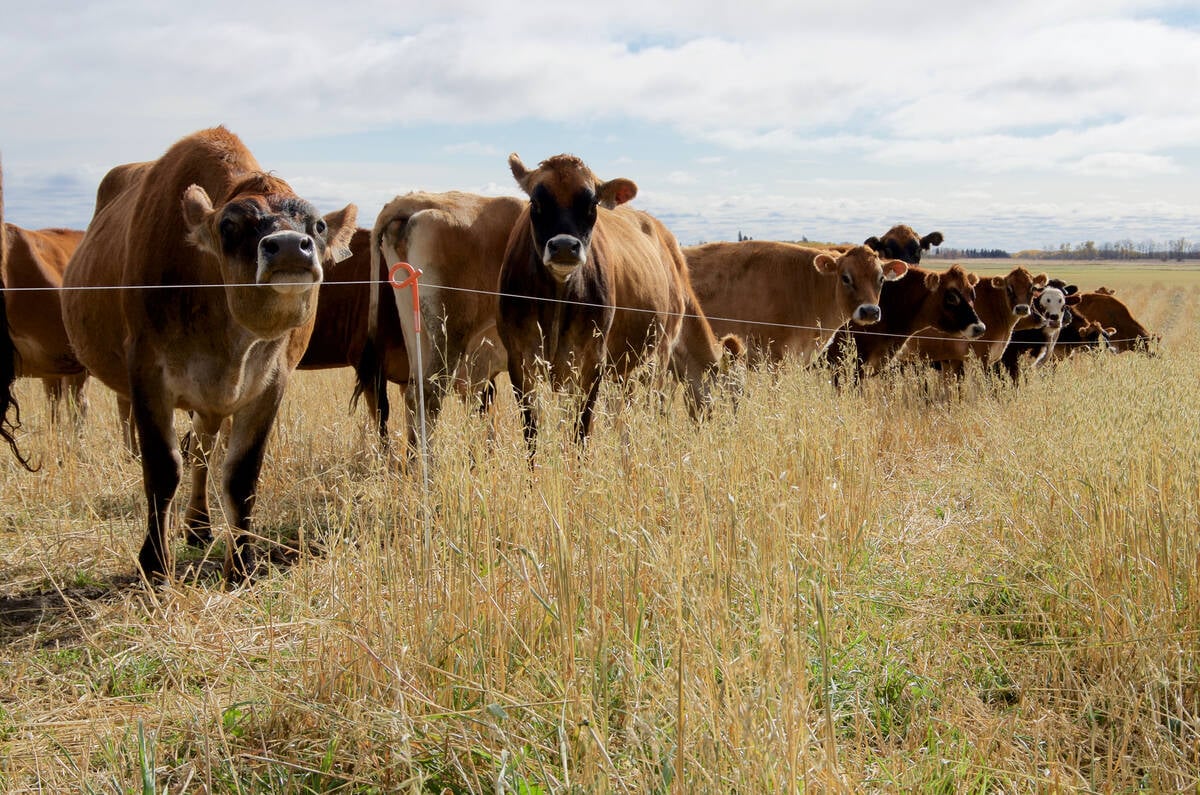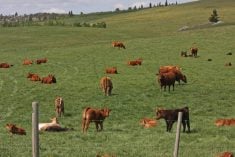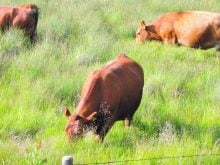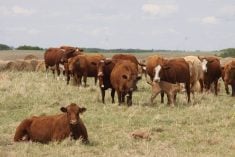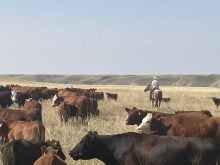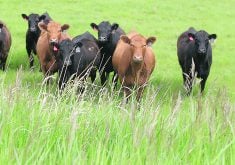Glacier FarmMedia – It was a striking visual in the middle of another drought year: two alfalfa fields, half a mile apart on identical soil but under different management.
One, regeneratively managed, stood 18 inches tall. The other, conventionally farmed, was closer to six.
“That speaks volumes,” Paul Gregory, a farmer and board member with the Manitoba Forage and Grassland Association (MFGA), said during a recent National Farmers Union virtual meeting.
Read Also

House ag committee to undertake several studies
The House of Commons standing agriculture committee has set its agenda for the coming months. Members began the fall sitting with a two-hour update on international trade
The meeting was focused on regenerative agriculture in Manitoba.
It’s a farm philosophy that has been hyped by both policy makers, industry and organizations such as the MFGA as a win-win for both farmer and environment. Increasing biodiversity and soil health makes land more productive and resilient to weather shocks and improving carbon sequestration, those champions argue.
The more farmer-focused regenerative agriculture advocates, the MFGA included, also commonly point to direct cost savings for the farmer due to fewer chemical inputs.
The MFGA declared a corporate position on regenerative agriculture in 2018, among the first Manitoba agricultural groups to do so. It has held an annual conference on the topic for eight years, attracting approximately 250 attendees and speakers from across North America, according to executive director Duncan Morrison.
There are now a long list of companies that have emerged to support regenerative agriculture adoption, including Understanding Ag, Cover Crops Canada, ALUS Canada, Ducks Unlimited Canada and Regeneration Canada.
The bandwagon has also attracted a growing number of big names such as McCain Foods, Maple Leaf Foods, McDonald’s, PepsiCo and General Mills.
Gains in soil health, livestock and pastures
Sean Smith, who operates Clanman Jerseys, a 60-cow Jersey dairy farm north of Minnedosa, Man., with his parents, has eliminated synthetic fertilizer purchases for eight consecutive years while seeing improvements across his operation.
“We’ve seen increase in pasture performance, increased soil organic matter, reduced erosion, improved livestock health and improved cattle performance in the barn,” Smith said.
Mike Duguid, who farms near Arnes and chairs the MFGA, credits regenerative practices with extending his grazing season during the current dry conditions.
“A lot of people are finished in our area and feeding already, and we still have all our pastures basically left,” Duguid said.
“That works because of the regen attitude we put into our farm.”
Barriers to wider adoption
However, farmers face institutional barriers to adoption. Smith identified crop insurance structures as a significant challenge.
“Multi-species crops, I think there’s a few that are covered now, a couple combinations, but for a long time they weren’t covered by crop insurance,” Smith said.
“And if you’re a young farmer, and you couldn’t get crop insurance, you couldn’t get an operating loan from the bank.”
In 2018, the Manitoba Agricultural Services Corp. introduced novel crop insurance for polycrops bound for the grain market. Coverage is based on value rather than the specific crop being grown.
Insurance payout structure also favours annual crops over livestock operations, Smith said.
“The livestock payout has not really gone up in the last 20 years, whereas cropland payouts have continued to go up.”
The cattle sector welcomed some insurance earlier this year. Changes for 2025 included expansion of forage establishment insurance, while producers could expect more if cattle are taken by predators. Maximum predation claim values from $3,000 to $7,000.
Gregory, who also sits on the provincial crop insurance board, said the current administration is “quite welcoming of new ideas” and willing to consider reforms.

Economic and environmental sense
Gregory, who began farming with a pick-up truck in 1979 and started with bees before moving into forage seed production, said regenerative agriculture represents both economic sense and environmental responsibility.
“Being regenerative is paying the bills. I’m not saying it’s highly profitable, but at least we’re not losing money,” he said.
Kate Storey, an organic farmer from Grandview who grows wheat and oats and raises cattle, said organic operations usually follow regenerative practices.
“Because we’re organic, we’re very interested in regen agriculture because we depend on it,” she said.
Early supporters of the movement in Manitoba included Holistic Management Canada, Ducks Unlimited and various watershed organizations, Smith said.
Matthew Wiens, who farms on the Ploughshares Community Farm near Beausejour, Man., with dairy goats, cattle, laying hens and market gardens, said regenerative agriculture has shifted focus away from maximum yields toward soil and ecosystem health.
For Gregory, the practices represent a long-term investment in both land and future generations.
“We’re getting land in shape for following years, for next generation, and that’s so important,” he said.




